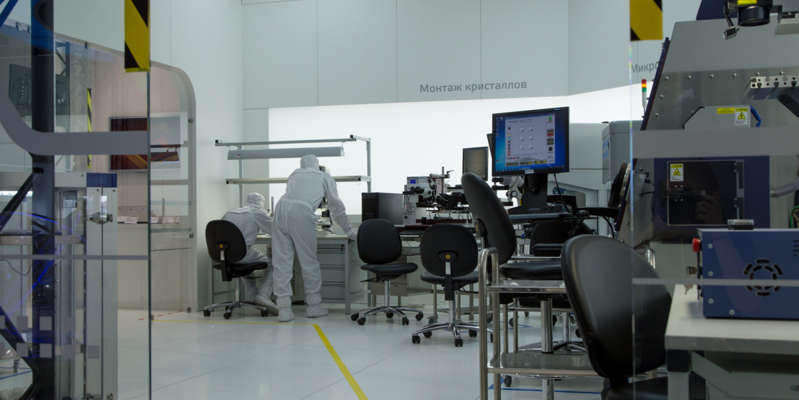
Neurophysiologists develop a prosthesis that transforms thoughts into printed text
Neurophysiologists from the United States have developed a brain-computer interface, a device capable of directly transforming a person's thoughts at a rate of up to 90 characters per minute. An article about the development was published in the journal Nature .
“Our system has reached a record speed by reading directly the letters the patient draws in their minds. As it turned out, each such symbol is associated with a unique pattern of brain activity, which allows the computer to quickly recognize thoughts, while almost making no mistakes when typing text, “- said a researcher at Stanford University (USA) Francis Willett.
Over the past decades, scientists have created a large number of various cyber prostheses, artificial limbs and sensory organs that can be connected to the brain or spinal cord of humans and animals using a neurointerface.
Currently, according to Willett, the efforts of developers are focused on creating more convenient forms of communication – over the past seven years, several dozen neurointerfaces have been created that transform the patient's brain activity into spoken or written speech. However, according to the scientist, earlier devices of this kind allowed the patient typing the necessary characters on the screen with the power of thought. At the same time, the typing speed reached about 40 characters per minute.
The new technology has made it possible to achieve a typical typing speed on a smartphone – 90 characters per minute. Willett and his colleagues have developed a new neural interface that can directly read what its owner plans to write. The neurochip is implanted in the part of the patient's cerebral cortex, which is responsible for “subtle” actions, including writing letters by hand. After implanting the electrodes and connecting them to the computer, the patient imagines that he writes letters of the alphabet or other symbols on paper – spaces, periods, commas. Some time later, special algorithms begin to understand brain signals when a disabled person “writes” in his mind. The computer at this time quickly and almost accurately transforms signals into text, including whole words and sentences.
The device was tested on a 63-year-old volunteer who was completely paralyzed from a spinal injury. After the necessary connection procedures, the man quickly mastered the mental printing of the text.
Willett and his colleagues plan to expand the experiment on other volunteers in the near future. Scientists expect to return the ability to communicate to those people who have long been deprived of it.
Earlier, scientists from the United States found a mechanism that helps the body cleanse itself of aging cells. The discovery was made by researchers from the University of California

